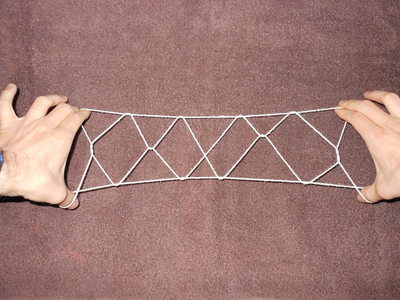"Which is your favorite plague?" Gabi asked me.
"Umm, I don't have a favorite. When something bad happens to someone else, even if we don't like the person, we can't be happy." I replied. I explained how when we recite the plagues at the seder, at the utterance of each one we remove a drop of wine. The drop is to lessen our happiness of seder night for their suffering.
"Okay, but which do you like the most?" Cohava was relentless.
"Frogs and darkness."
"Is that because no one got hurt during them?" she asked.
"Also in blood no one was hurt," Gabi piped up.
"Gabi, it is true that it didn't hurt the Egyptian's skin like lice or boils, and they didn't die suddenly like the last plague, but not having water is terrible," I explained.
"Cuz you could get duh-hydrated?" Gabi queried.
So in honor of this week's parasha we are learning about the importance of water. There are countless projects that one could do on this parasha, so if you are looking for something like frog puppets (super fun) keep searching.
We talked about our bodies needing water. Using a water bottle, we looked at how if the bottle were our bodies it would have to be 1/2 to 2/3 full for us to be alive. (The sticker on the top is a face).
We are going to work on drinking more water every day.
Then we talked about how all life forms need water and that no food can be produced without water.{Gabi insists candy can}.
To show how plants need water and not blood, we did the old celery experiment. Two stalks, one in water, the other in water + red food dye. [Ruti also insisted on one AbbyCaddaby cup of celery]. Hopefully the experiment will produce results.
Next I brought out a Pharoh doll and we enjoyed playing with him and water.
The eleventh plague: being chewed on by a baby. Pharoh never gets a break!
The girls are also doing some online learning about water at websites like:
http://www.watereducation.org/doc.asp?id=1022
http://www.discoverwater.org
http://www.epa.gov/students/games.html
Cohava also loves fun facts so here are some fun water facts:
We will probably talk about water conservation and find ways to save water around the house and to fight water pollution.
Enjoy and appreciate your water!
Shabbat Shalom!
|

























.jpg)























